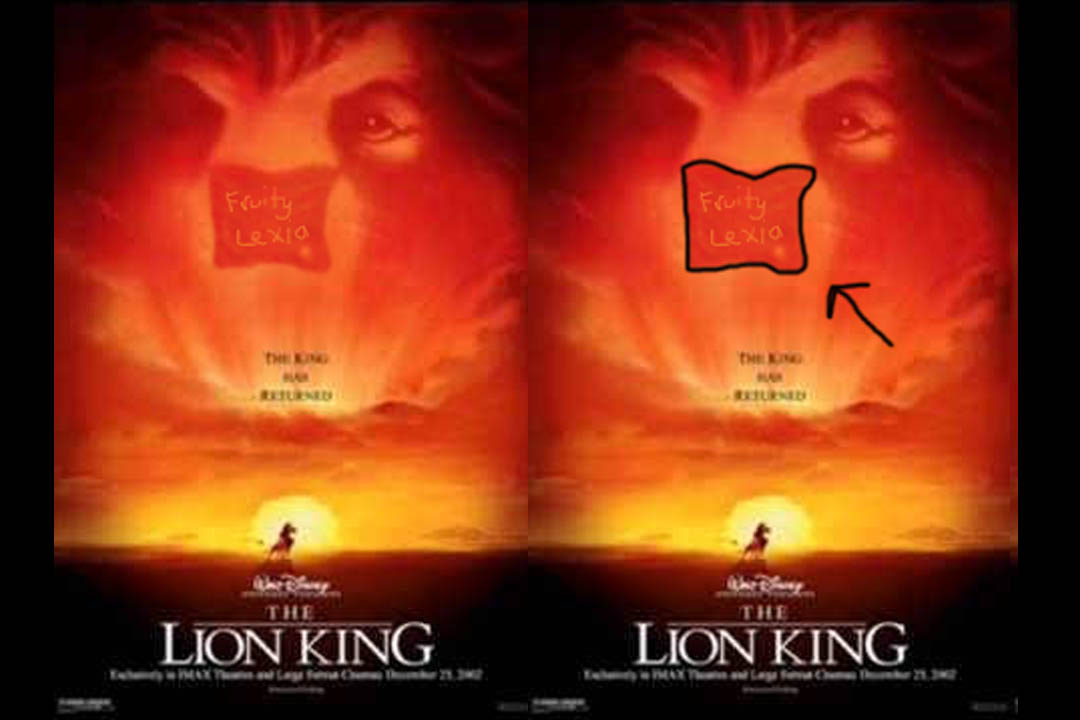

#WALT DISNEY SUBLIMINAL MESSAGES MOVIE#
A famous quote from that movie is when the Evil Queen asks her mirror “Who's the fairest of them all?” Thoug children watching may not notice the preference given to fair skin, but it's still there, an easter egg of subliminal messaging. One of the first examples to come to mind is in Snow White and the Seven Dwarves (1937). Other than misogyny, Disney also has a blatant history of racism in its movies. This idea not only encourages toxic relationships and romanticizes Stockholm Syndrome, but also justifies the Beast’s actions and never condemns him for how he treats Belle. Also based off of a much darker fairy tale, the original story entails a woman being imprisoned and falling in love with her captor. For example, the original story of Sleeping Beauty involves a king raping and impregnating a sleeping princess before waking her to marry her.īeauty and the Beast (1991) is one of the more disturbing examples of Disney misogyny. Furthermore, it’s interesting that Disney would even choose these stories to adapt into children’s films. While some might point out that Disney did not actually create these stories but rather adapted old folklore into modern movies (most often, from the Brothers Grimm), it doesn’t change the fact that these scenes are damaging. Rather than acknowledging this, Disney often romanticized the idea of a “true love’s kiss,” allowing children to grow up believing something like is not only acceptable but desired.

Obviously, today, it's clear that making out with someone while they are not conscious to give consent is sexual assault. For example, in both the stories of Sleeping Beauty and Snow White, the princess never meets the prince before he plants a kiss on her lips while she’s asleep. Not only is there a lack of non–heterosexual representation, but oftentimes, the way the prince and princess meet each other is itself problematic. Anything other than this was never discussed nor shown. The damsel must always be in distress, and the resolution is her knight in shining armor. In every princess movie, the woman's yearning for a man is idealized. Similar to most young girls, I grew up watching Disney princesses being swept away by charming princes. Heteronormativity is the idea that being heterosexual is what’s “normal,” and that not being straight is against that norm. Whether it's in the golden oldies or more of the modern-day Disney releases, those pesky animators and special effects teams have been cooking up a storm behind-the-scenes, popping subtle references to other Disney films or adding underlying narrative to complicate storylines further.Most prominently, Disney has a reputation of encouraging heteronormativity. You'd be hard-pressed to find a person willing to admit they'd never seen a single Disney movie, or even enjoyed one, as there's usually a film out there under the Disney umbrella for everybody.īut has the joy all been part of a higher plan? Are there subliminal messages working their way from Disney into the minds of our children? We highly doubt it, but it's fun to speculate, look back and discover some of the hidden messages woven throughout Disney movies of the past that filmmakers probably thought we'd never even notice! Since 1937 and the release of the world's first Disney movie, Snow White and the Seven Dwarfs, the company has been entertaining both children and adults alike with their fantastical tales and classic takes on some of the most compelling, exciting and genius stories to ever grace the world.


 0 kommentar(er)
0 kommentar(er)
